Convert Dict Keys To List Python
A dictionary is a fundamental data structure in Python that stores data in key-value pairs. In some scenarios, you might need to extract only the keys of a dictionary and convert them to a list. This article will explore various methods to achieve this task and cover additional related topics such as converting lists to dictionaries, extracting keys from dictionaries, and more.
Using the keys() Method:
The simplest and most straightforward way to obtain a list of dictionary keys is by using the built-in `keys()` method. This method returns a view object that allows iterating over the keys of a dictionary. To convert this view object into a list, we can use the `list()` function.
Here is an example demonstrating this method:
“`python
my_dict = {“name”: “John”, “age”: 25, “country”: “USA”}
# Using keys() method and list() function
keys_list = list(my_dict.keys())
print(keys_list)
“`
Output:
`[‘name’, ‘age’, ‘country’]`
Using the list() Function:
Another approach to convert dictionary keys to a list is by using the `list()` function directly on the dictionary. This function can directly convert iterable objects, including dictionary keys, into a list.
Here is an example illustrating this method:
“`python
my_dict = {“name”: “John”, “age”: 25, “country”: “USA”}
# Using list() function on the dictionary
keys_list = list(my_dict)
print(keys_list)
“`
Output:
`[‘name’, ‘age’, ‘country’]`
Using a List Comprehension:
List comprehensions provide a concise way to create lists in Python. We can utilize a list comprehension to construct a list of keys from a dictionary.
Consider the following example:
“`python
my_dict = {“name”: “John”, “age”: 25, “country”: “USA”}
# Using a list comprehension
keys_list = [key for key in my_dict]
print(keys_list)
“`
Output:
`[‘name’, ‘age’, ‘country’]`
Converting Keys to a List with a Loop:
In situations where you prefer to avoid using built-in functions, or for educational purposes, you can convert dictionary keys to a list using a loop. By iterating through the dictionary, we can append each key to an empty list.
Take a look at the following example:
“`python
my_dict = {“name”: “John”, “age”: 25, “country”: “USA”}
# Using a loop to convert keys to a list
keys_list = []
for key in my_dict:
keys_list.append(key)
print(keys_list)
“`
Output:
`[‘name’, ‘age’, ‘country’]`
Using the sorted() Function to Sort Keys before Conversion:
If you want the keys to be sorted alphabetically or in a specific order before converting them to a list, you can use the `sorted()` function. This function sorts the dictionary keys and returns them as a list.
Here is an example demonstrating this method:
“`python
my_dict = {“name”: “John”, “age”: 25, “country”: “USA”}
# Using sorted() function to sort keys before conversion
keys_list = sorted(my_dict)
print(keys_list)
“`
Output:
`[‘age’, ‘country’, ‘name’]`
Converting Only Unique Keys to a List:
In some cases, a dictionary may contain duplicate keys. If you only need a list of unique keys, you can convert the dictionary keys to a set first and then convert it back to a list. Sets only store unique elements, so this approach guarantees a list of distinct keys.
Consider the following example:
“`python
my_dict = {“name”: “John”, “age”: 25, “country”: “USA”, “age”: 30}
# Converting only unique keys to a list
keys_list = list(set(my_dict))
print(keys_list)
“`
Output:
`[‘name’, ‘country’, ‘age’]`
Converting Nested Dictionary Keys to a List:
Sometimes, dictionaries can have nested structures, with keys containing sub-dictionaries. In such cases, extracting all the keys, including the nested ones, becomes more complex. One way to achieve this is by utilizing recursion and a helper function.
Here is an example that demonstrates this approach:
“`python
def extract_keys(dictionary):
keys = []
for key, value in dictionary.items():
keys.append(key)
if isinstance(value, dict):
keys.extend(extract_keys(value))
return keys
my_dict = {
“name”: “John”,
“age”: 25,
“address”: {
“street”: “Main St”,
“city”: “New York”,
“country”: “USA”
}
}
# Extracting all keys, including nested ones, into a list
keys_list = extract_keys(my_dict)
print(keys_list)
“`
Output:
`[‘name’, ‘age’, ‘address’, ‘street’, ‘city’, ‘country’]`
FAQs
Q: How can I convert a list to a dictionary in Python?
A: To convert a list into a dictionary, you can utilize the `fromkeys()` method or a dictionary comprehension. For example:
“`python
my_list = [“name”, “age”, “country”]
my_dict = dict.fromkeys(my_list)
print(my_dict)
# Output: {‘name’: None, ‘age’: None, ‘country’: None}
“`
Q: How can I convert dictionary values to a list in Python?
A: There are several methods to accomplish this task. You can use the `values()` method to extract values and convert them into a list using the `list()` function. Additionally, you can utilize a list comprehension to iterate over the dictionary values. Here’s an example:
“`python
my_dict = {“name”: “John”, “age”: 25, “country”: “USA”}
values_list = list(my_dict.values())
print(values_list)
# Output: [‘John’, 25, ‘USA’]
“`
Q: How do I extract a key from a dictionary in Python?
A: To extract a specific key from a dictionary, you can use indexing or the `get()` method. Indexing allows direct access to the value corresponding to a specific key. The `get()` method retrieves the value associated with a given key and allows specifying a default value if the key doesn’t exist. Here’s an example:
“`python
my_dict = {“name”: “John”, “age”: 25, “country”: “USA”}
name = my_dict[“name”]
print(name)
# Output: ‘John’
age = my_dict.get(“age”)
print(age)
# Output: 25
“`
Q: How can I get all keys of a dictionary in Python?
A: One way to obtain all keys of a dictionary is by using the `keys()` method. This method returns a view object that can be converted into a list or utilized directly in a loop. Here’s an example:
“`python
my_dict = {“name”: “John”, “age”: 25, “country”: “USA”}
keys_list = list(my_dict.keys())
print(keys_list)
# Output: [‘name’, ‘age’, ‘country’]
“`
Q: How can I extract the values of a dictionary based on a list of keys in Python?
A: To extract the values associated with a list of keys from a dictionary, you can utilize a list comprehension. By iterating over the list of keys and accessing the corresponding values in the dictionary, you can create a new list containing those values. Here’s an example:
“`python
my_dict = {“name”: “John”, “age”: 25, “country”: “USA”}
keys_list = [“age”, “country”]
values_list = [my_dict[key] for key in keys_list]
print(values_list)
# Output: [25, ‘USA’]
“`
In conclusion, by using methods like `keys()`, `list()`, list comprehensions, or loops, you can easily convert dictionary keys to a list in Python. Additionally, this article covered topics such as converting lists to dictionaries, extracting keys from dictionaries, and handling nested dictionary structures. Understanding these concepts will enable you to manipulate dictionaries effectively in your Python programs.
How To Use Python Dictionaries + Lists Of Dicts
Keywords searched by users: convert dict keys to list python Convert list to dict Python, Convert dict values to list Python, Dict_keys to list, Python dict get values by list of keys, Extract key from dictionary Python, Convert dict value to list, Get all key of dict Python, Dict to list Python
Categories: Top 83 Convert Dict Keys To List Python
See more here: nhanvietluanvan.com
Convert List To Dict Python
Python, being a versatile programming language, offers a wide range of functionalities to manipulate data structures. One such powerful capability is the ability to convert a list into a dictionary. In this article, we will explore various methods to perform this conversion, discuss their pros and cons, and provide examples to illustrate their usage. Moreover, we will address common questions, pitfalls, and best practices related to converting lists to dictionaries in Python.
Methods to Convert a List to a Dictionary in Python
There are several ways to convert a list into a dictionary in Python, depending on the specific requirements and data structure. Let’s take a look at some of the most commonly used methods:
1. Using the zip() Function:
The zip() function combines two or more sequences, such as lists, into a single iterable object. By passing the original list as keys and another list as values, we can create a dictionary effortlessly. Here’s an example:
“`
keys = [‘name’, ‘age’, ‘city’]
values = [‘John’, 25, ‘New York’]
dictionary = dict(zip(keys, values))
“`
In this example, we create a dictionary where the elements of the “keys” list become the keys, and the elements of the “values” list become the corresponding values.
2. Using List Comprehension:
List comprehension is a concise and powerful way to manipulate lists in Python. By iterating over the original list and defining key-value pairs within square brackets, we can create a dictionary dynamically. Consider the following example:
“`
original_list = [‘name’, ‘John’, ‘age’, 25, ‘city’, ‘New York’]
dictionary = {original_list[i]: original_list[i+1] for i in range(0, len(original_list), 2)}
“`
Here, we iterate over the original_list in steps of 2, using the elements at odd positions as keys and those at even positions as values. Consequently, we generate a dictionary based on this pattern.
3. Using the map() Function:
The map() function applies a given function to each item of an iterable and returns an iterator. By mapping the built-in function “dict()” to every pair of elements from the original list, we can create a dictionary. Let’s see an example:
“`
original_list = [[‘name’, ‘John’], [‘age’, 25], [‘city’, ‘New York’]]
dictionary = dict(map(lambda x:tuple(x), original_list))
“`
In this case, the map() function transforms each sublist into a tuple and the dict() function converts these tuples into key-value pairs within a dictionary.
Frequently Asked Questions (FAQs)
Q1. Can a list with duplicate elements be converted into a dictionary?
A list with duplicate elements cannot be directly converted into a dictionary, as dictionary keys must be unique. However, you can either remove the duplicates from the list beforehand or handle duplicate keys while creating the dictionary by overwriting or merging values.
Q2. How to convert a list of tuples into a dictionary in Python?
To convert a list of tuples into a dictionary, utilize the built-in function dict() passing the list of tuples as an argument. Each tuple should contain a key-value pair, ensuring uniqueness of keys within the list.
Q3. What happens if the keys and values in the original list do not match in length?
If the lengths of keys and values differ, a ValueError will be raised when using the zip() method. In cases where the original list has an odd number of elements or non-pairable items, alternative methods such as list comprehension or map() can be used based on specific requirements.
Q4. Is the order of elements preserved during the conversion?
Starting from Python 3.7, dictionaries maintain the order of elements as they were inserted. So, if the original list has a specific order, it will be reflected in the resulting dictionary.
Q5. Can I convert a list of dictionaries into a nested dictionary?
Yes, it is possible to convert a list of dictionaries into a nested dictionary by iterating over each dictionary and combining them as desired. You can use techniques like looping, applying a unique identifier as a key, or employing nested list comprehension to achieve this.
In conclusion, Python provides several methods to convert a list to a dictionary, each with its own advantages and use case scenarios. Whether you prefer the simplicity of the zip() function, the conciseness of list comprehension, or the flexibility of the map() function, you can easily modify your data structures to suit your needs. By understanding these techniques and addressing common questions, you can confidently convert lists to dictionaries and harness the power of Python’s extensive possibilities.
Convert Dict Values To List Python
A dictionary is a fundamental data structure in Python that stores key-value pairs. Often, there may be a need to convert the values of a dictionary into a list data structure. This can be achieved using various methods provided by Python, allowing for different levels of flexibility and complexity based on the requirements of the program.
In this article, we will discuss multiple approaches to convert dictionary values to a list in Python. We will cover both built-in methods and customized techniques to ensure a comprehensive understanding of the topic.
Using the values() method:
One of the simplest ways to extract the values from a dictionary is by using the built-in values() method. The values() method returns a view object consisting of the dictionary’s values, which can then be converted to a list using the list() constructor.
“`python
# Sample dictionary
sample_dict = {‘A’: 1, ‘B’: 2, ‘C’: 3}
values_list = list(sample_dict.values())
print(values_list)
“`
Output:
“`
[1, 2, 3]
“`
Here, we use the values() method to get the values of the sample_dict and then convert it into a list using the list() constructor. The resulting values_list will contain the dictionary’s values as individual elements.
List comprehensions:
Python provides a concise way to create lists, known as list comprehensions. We can leverage list comprehensions to convert dictionary values into a list efficiently.
“`python
# Sample dictionary
sample_dict = {‘A’: 1, ‘B’: 2, ‘C’: 3}
values_list = [value for value in sample_dict.values()]
print(values_list)
“`
Output:
“`
[1, 2, 3]
“`
In the above code, we utilize list comprehension to iterate over the dictionary’s values and create a list containing each value.
Using the map() function:
Another approach to convert dictionary values into a list is by using the map() function in combination with the list() constructor. The map() function takes a function and an iterable as arguments. By passing the built-in function, `lambda x: x`, to map(), we can obtain a map object, which can then be converted to a list.
“`python
# Sample dictionary
sample_dict = {‘A’: 1, ‘B’: 2, ‘C’: 3}
values_list = list(map(lambda x: x, sample_dict.values()))
print(values_list)
“`
Output:
“`
[1, 2, 3]
“`
Here, we apply the map() function to the dictionary’s values and pass the lambda function `lambda x: x` to keep each value intact. Finally, we convert the resulting map object into a list.
Customized approach:
Sometimes, we may require additional operations or transformations on the dictionary values before converting them into a list. In such cases, a customized approach can be implemented using loops or other programming constructs.
“`python
# Sample dictionary
sample_dict = {‘A’: 1, ‘B’: 2, ‘C’: 3}
values_list = []
for value in sample_dict.values():
modified_value = value * 2 # Custom transformation
values_list.append(modified_value)
print(values_list)
“`
Output:
“`
[2, 4, 6]
“`
In the above example, we utilize a for loop to iterate over the dictionary’s values. We perform a custom transformation on each value (in this case, multiplying by 2) before appending it to the values_list.
FAQs:
Q: Can the order of the dictionary values be preserved when converted to a list?
A: Yes, the order of the dictionary values is preserved when converted to a list using any of the mentioned methods. However, note that this behavior applies to Python versions 3.7 and later, as dictionaries retain insertion order from Python 3.7 onwards.
Q: What happens if the dictionary is empty?
A: If the dictionary is empty, the resulting list will also be empty, regardless of the method used for conversion.
Q: Can dictionary values be converted into a list without losing duplicates?
A: Yes, dictionary values can be converted into a list without losing duplicates. However, the resulting list will not retain the original order of the values since dictionaries are not ordered.
Q: Is it possible to convert dictionary keys to a list using similar methods?
A: Yes, similar methods can be used to convert dictionary keys to a list. The only difference lies in accessing the keys instead of the values in the dictionary.
Q: Can I convert dictionary values to a different data type, such as a set, using these methods?
A: Yes, these methods can be adapted to convert dictionary values to various data types, such as sets or tuples. By modifying the respective constructors and transformations, the desired data type can be achieved.
In conclusion, converting dictionary values to a list in Python is a common requirement that can be achieved using multiple methods. Whether you prefer the simplicity of built-in methods or need a more customized approach, Python provides flexible options to cater to your specific needs.
Images related to the topic convert dict keys to list python
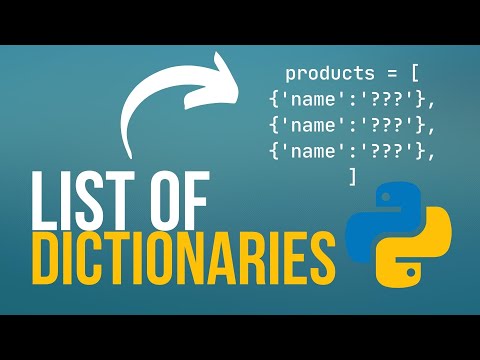
Found 13 images related to convert dict keys to list python theme







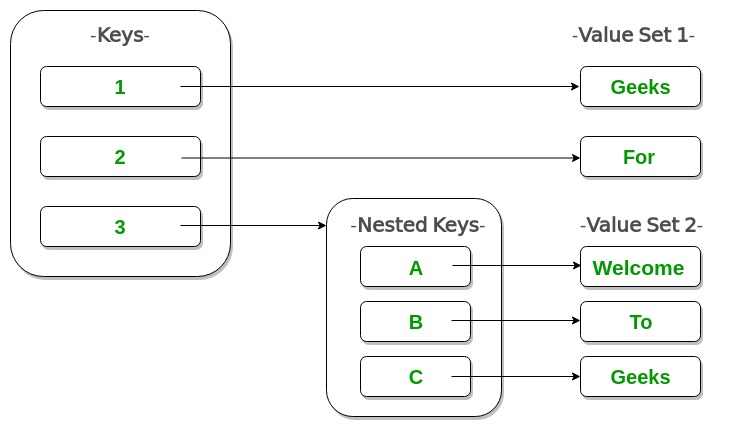


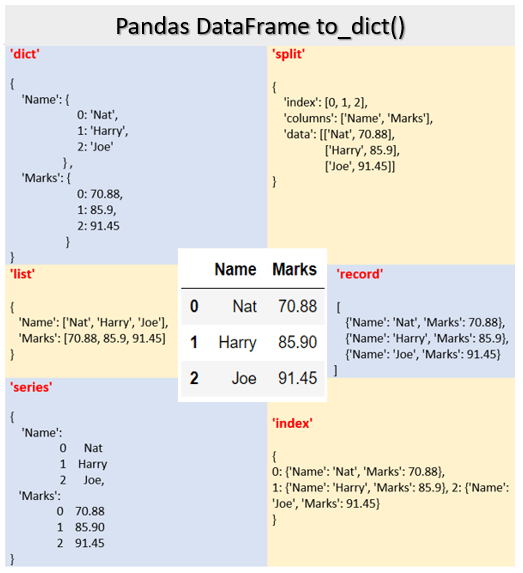
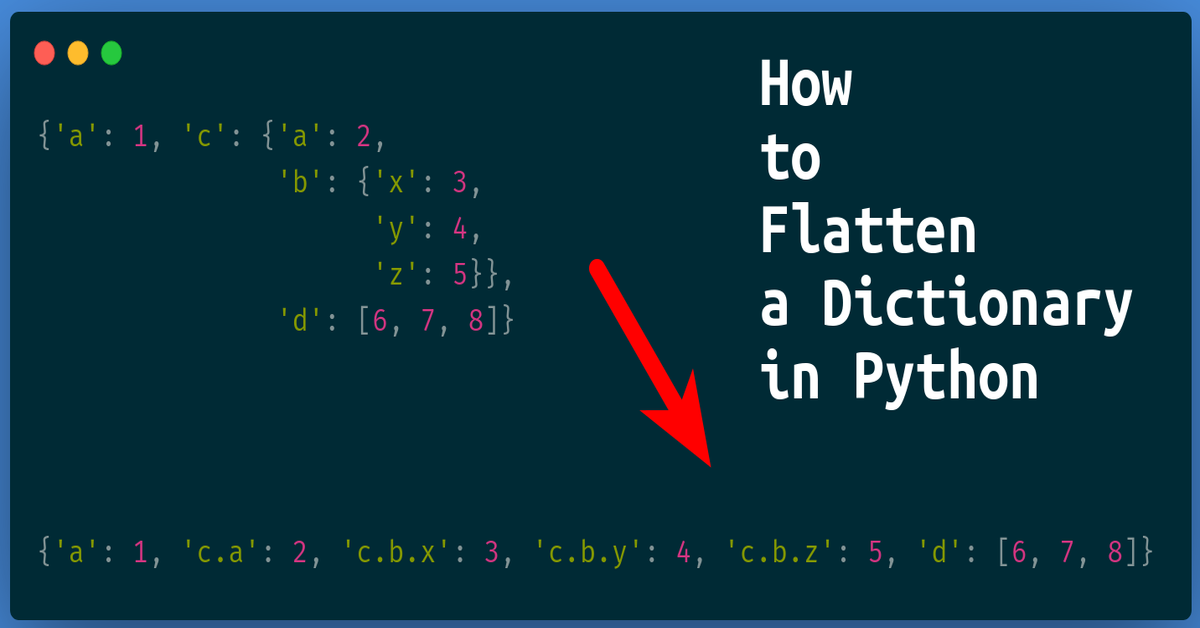
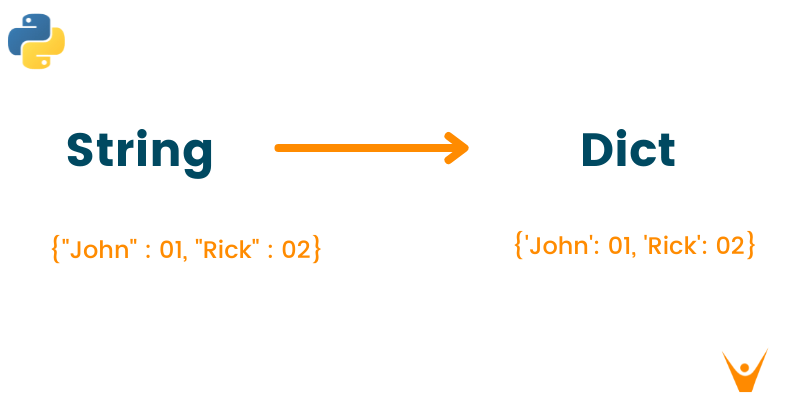


![How To Convert Python Dictionary To A List [9 Different Ways] - Python Guides How To Convert Python Dictionary To A List [9 Different Ways] - Python Guides](https://i0.wp.com/pythonguides.com/wp-content/uploads/2023/02/Python-Convert-Dictionary-to-List-using-iteration-1024x564.png)





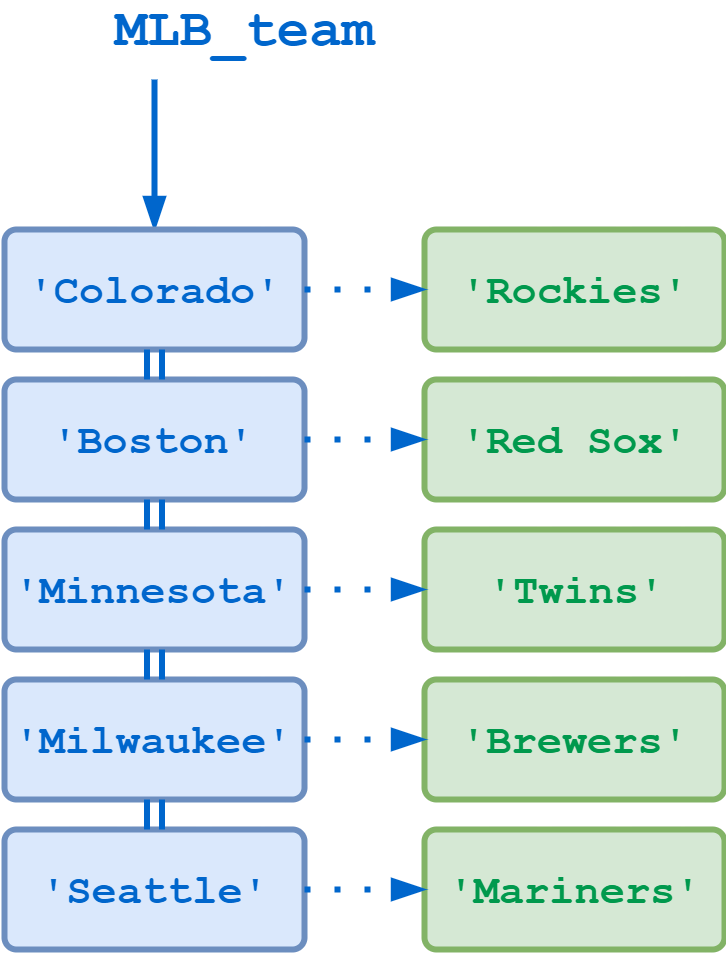




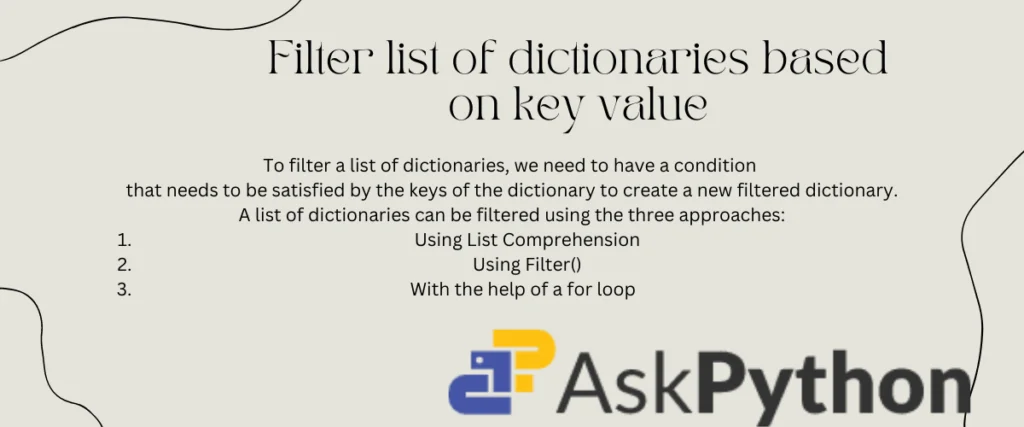

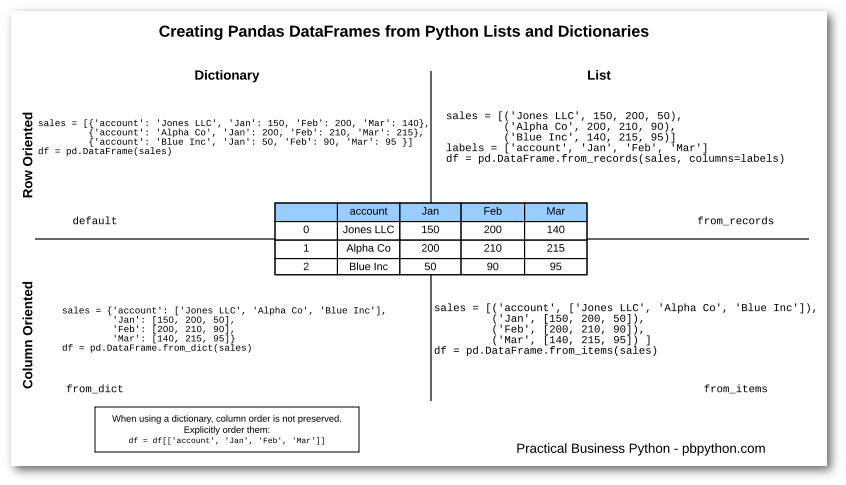


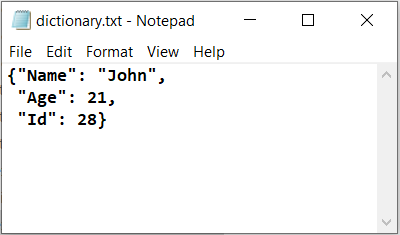


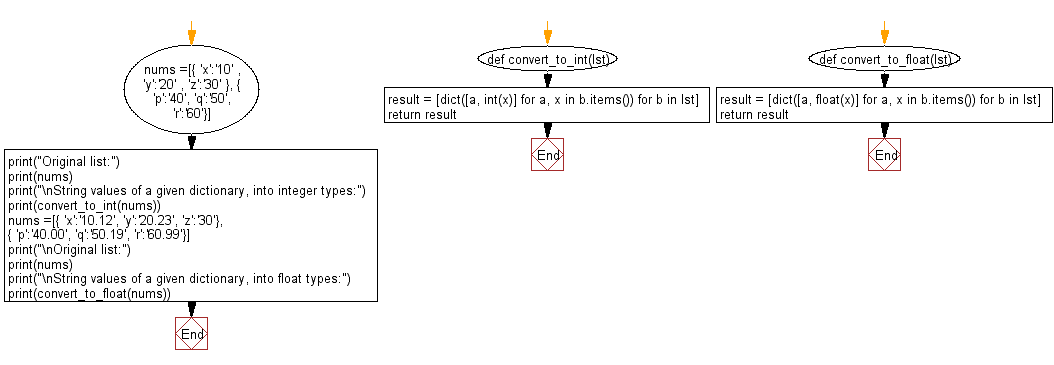
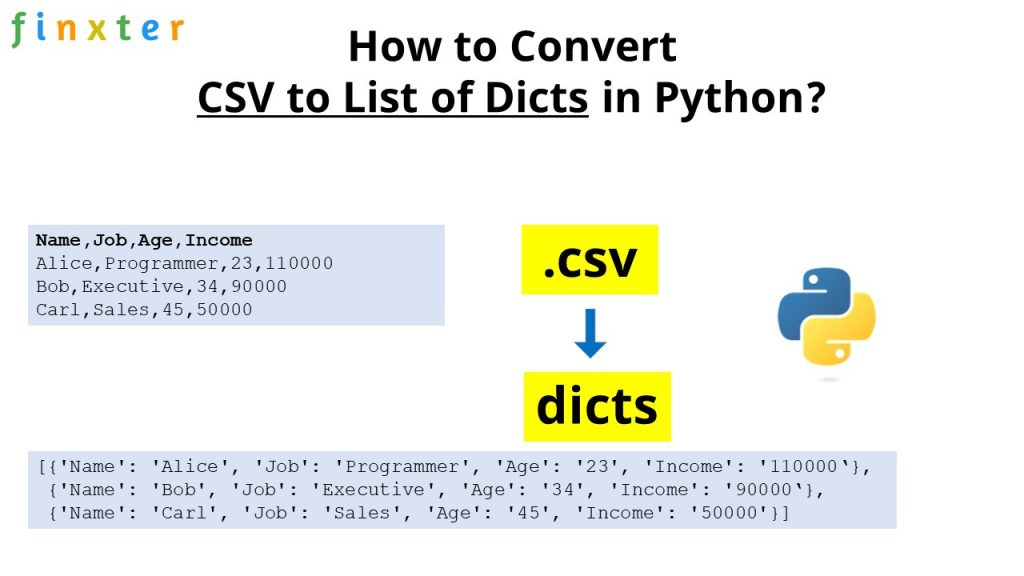







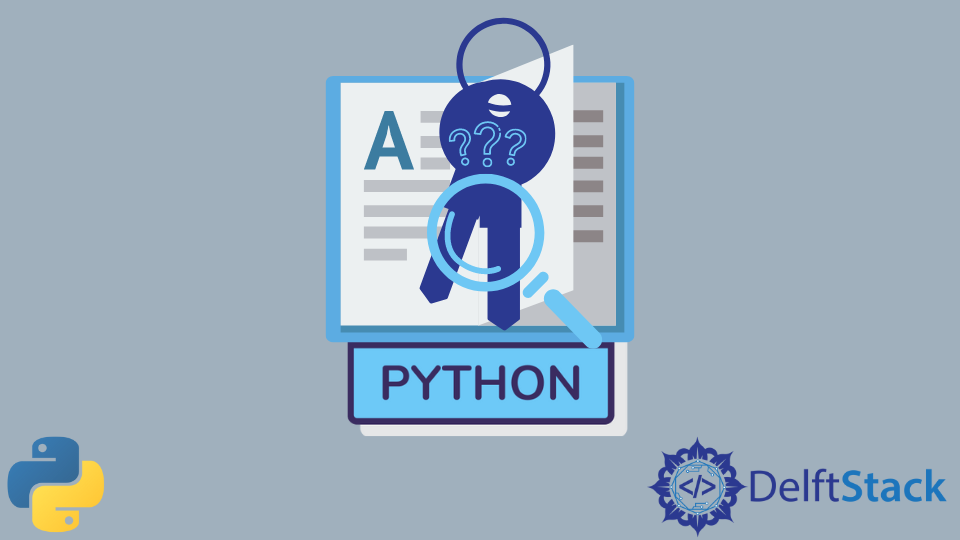





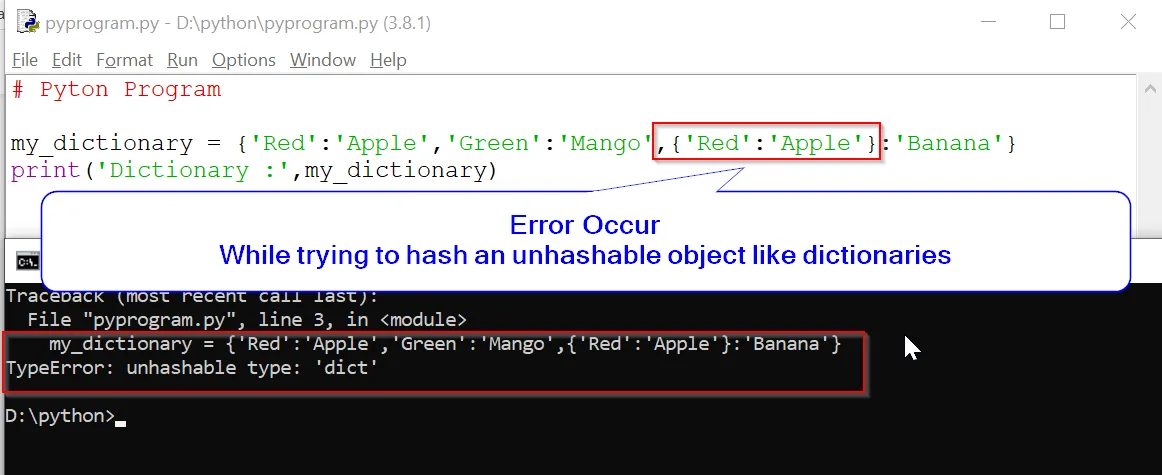
Article link: convert dict keys to list python.
Learn more about the topic convert dict keys to list python.
- 4 Ways to Extract Dictionary Keys as a List – Data to Fish
- Convert Python Dictionary Keys to List
- Python | Get dictionary keys as a list – GeeksforGeeks
- Python Get Dictionary Keys as a List – Spark By {Examples}
- How do I return dictionary keys as a list in Python?
- How to convert Python Dictionary to a list – Tutorialspoint
- How to Convert Dict Keys to List in Python – AppDividend
- How To Convert Python Dictionary To A List [9 Different Ways]
- Converting Dictionary to List? – W3docs
- 9 Ways To Convert Dictionary to List in Python
See more: https://nhanvietluanvan.com/luat-hoc/